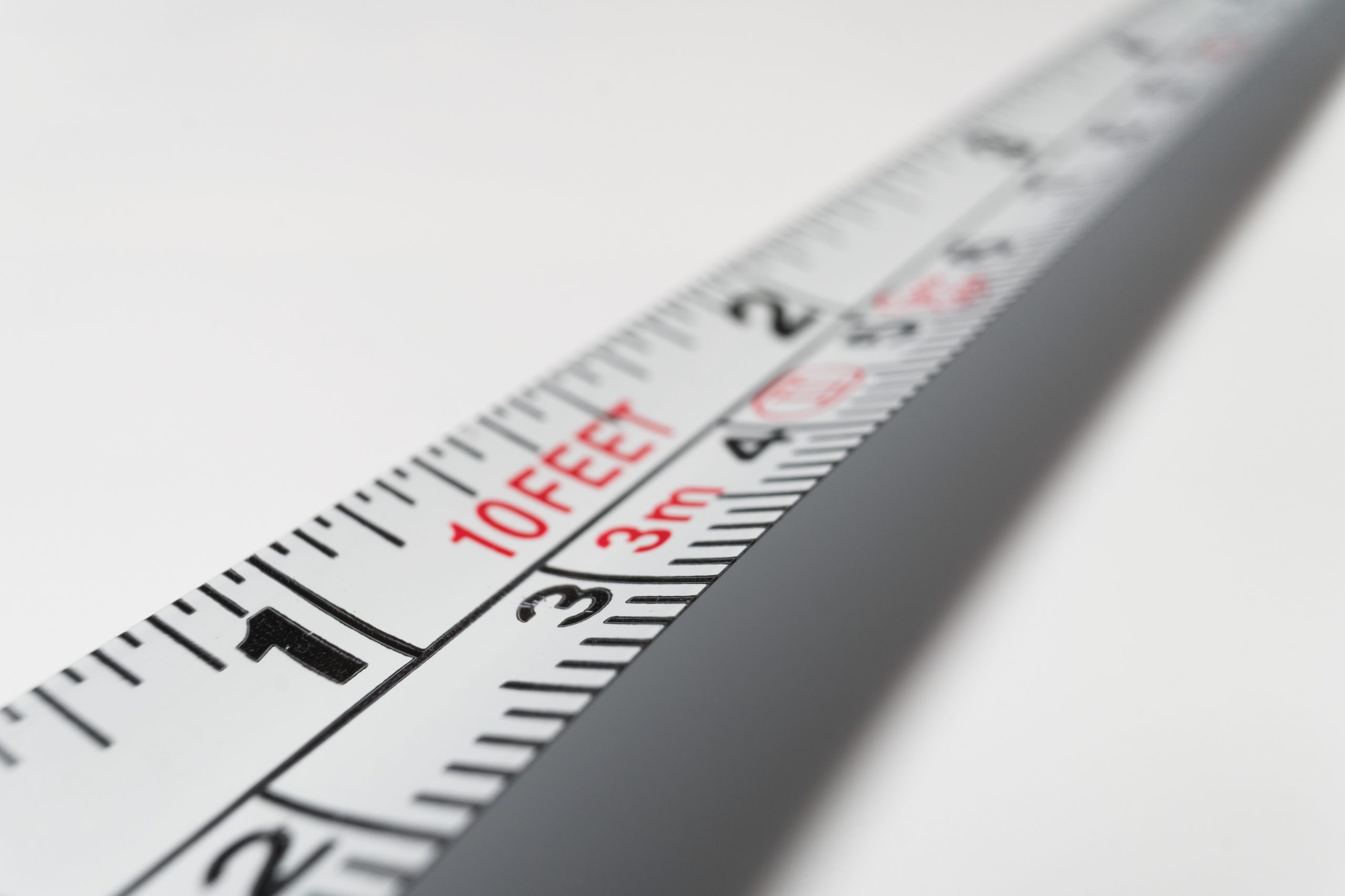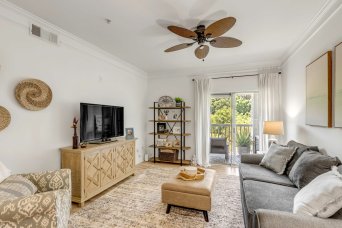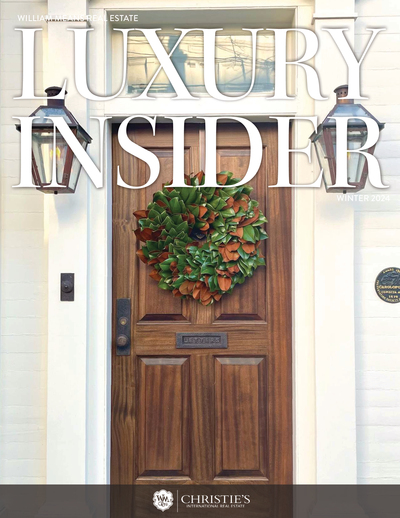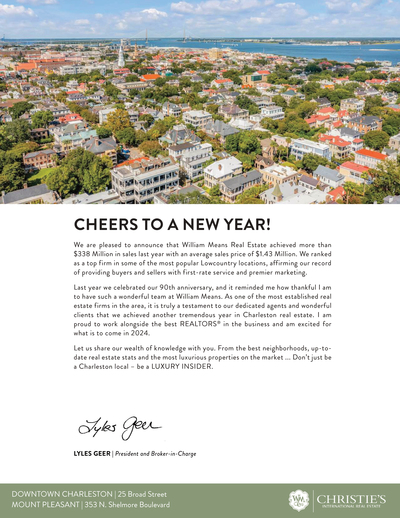
–Drew Grossklaus, Sales Director/BIC East Cooper
This year, the Charleston housing market has continued with its incredible trends. However, a certain number used in real estate that we are all familiar with has gained importance: the square foot. The square footage measurement refers to the floor space a home has under roof and within walls. Of course, there are guidelines to help ascertain this value. One of the most common ways that a home’s square footage is measured is by an appraiser. Most appraisers use the American Nation Standards Institute (ANSI) guide Z765-2021. While this is a common guide, it is not a required guide. As of April 1, 2022, all loans sold to Fannie Mae will be required to use the ANSI guide.
While everyone wants to know the square footage of a home, the measurement can have both positive and negative consequences. One of the most interesting aspects of this measurement is that it has varying value effects in different areas of the country. In some states or municipalities, the real estate industry may not put any credence in the value of the property being measured by price per square foot.
The price per square foot is simply the total asking price or selling price divided by the interior heated/cooled square footage. In places like Charleston, the square footage measurement is significant. This year, in the coveted South of Broad district in historic downtown Charleston, the average selling price per square foot is around $800. If there was a discrepancy of 200 square feet, the value dispute would be $160,000. This becomes an issue as there is no set standard in measuring and often spaces can be questioned with regards to ceiling heights, eaves, stairwells, wall thickness, heated/cooled space, unfinished space, etc. As this example shows, utilizing a price per square foot value can cause a lot of issues and questions.
Additional questions arise that show the deficiencies in this value calculation. One of the most glaring and measurable deficits in square footage is two-dimensional calculation. Of course, the interior of a home also has ceilings and walls. A better calculation would be cubic feet. For example, a 20×20 room would have a square footage of 400 square feet. However, if that room had seven-foot ceilings it has 2,800 cubic feet and if it has 10-foot ceilings it has 4,000 cubic feet. In the case of a 3,000 square foot home, the difference would be 9,000 cubic feet. That is a huge difference in actual space and the two homes would feel very different inside while having the exact same square footage.
Another measurement issue is how a space “feels.” While “feel” is obviously opinion, ceiling height, number of walls, windows, stairwells, etc. all make a measurement like square footage less momentous. I have been in many homes that have less square footage but the floor plan, light and ceiling height make the home feel much bigger and more livable than others.
Another critical aspect missed by the square footage measurement is quality. One of the examples I like to use is having gold floors. While two homes could be right next to each other and have the same square footage and hence be valued at the same price per square foot…what if one of the homes has gold floors? This is an extreme example, but many homes have high-end finishes or have been recently remodeled. These important items add to the value of home and can be overlooked if simply looking at the price per square foot value.
The price per square foot value measurement is something that is used in Charleston’s real estate market – and that is not changing anytime soon. Home buyers and sellers need to understand the value of educating themselves on how to dissect the square footage of their home. This will allow them to truly understand the value of what they are selling or buying. William Means agents are well versed in this real estate measurement and understanding and explaining the deficiencies. But the next time you are comparing the size of two homes ask yourself… “does one have gold floors?”





Leave a Reply